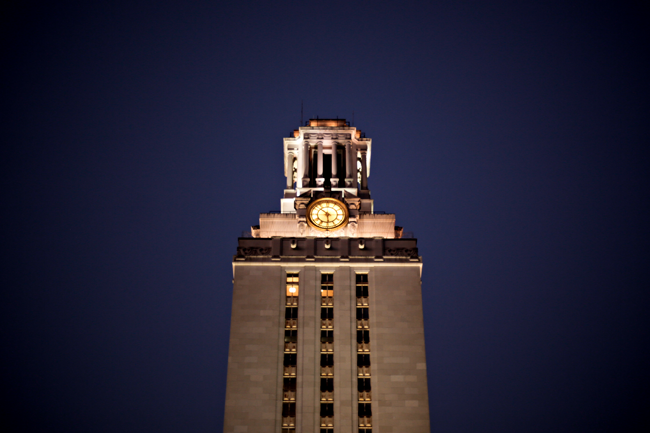The protest of the North Dakota Access Pipeline is finally starting to get the coverage it deserves. By this I mean that people are gradually becoming aware of it, primarily through non-traditional sources like Facebook and Twitter. This is in part due to the backing of high-profile people like Mark Ruffalo and Bernie Sanders, but also because it is reportedly the largest gathering of Native American peoples in more than a century.
This issue has actually been around for much longer than most people realize. People from all over the world are protesting the approximately 1,200 mile pipeline, which will run through four states. Though the past few months have been the most successful for the protesters, they began speaking out against it in 2015.
The protesters have amassed not only to protect the land that the pipeline will run through, which includes sacred burial grounds and ancient tribal lands, but also to protect those who rely on the Mississippi and Missouri rivers for clean drinking water. The original location of the pipeline was shifted to indigenous lands after concerns were raised about it affecting a primarily white community’s water supply.
Associate professor of history Erika Bsumek has been following the situation in North Dakota closely. She says that lines can easily be drawn between the events unfolding in Standing Rock and those that have occurred historically.
“Sioux Indians have been trying to defend their way of life since before Wounded Knee in 1890. The pipeline protesters know their history and it has mobilized them to fight for the past — and the future,” Bsumek said. “I think the protectors are using the North Dakota pipeline as a way to get people to recognize how native peoples have been treated historically.”
Police are treating the peaceful protesters as criminals, and hundreds have been arrested so far as they try to remove them from the construction site. As others become aware of the stand-off, they are searching for ways to help. For those who cannot go to North Dakota to stand with the protesters, other things can be done to support their cause. From checking in on Facebook to signing a petition, anyone can do their part to help.
If not now, then when? If 2016 is not the year we finally respect past agreements and acknowledge the Native Americans who have been pushed aside and stepped on throughout our country’s history, then will it ever happen? This historical event may very well mark the moment when Native American peoples finally gain some small fraction of the rights that they should have had since 1851, but it could also mark yet another instance where indigenous peoples were ignored and marginalized.
If our nation cannot respect the most basic rights of its indigenous peoples, we do not deserve to call ourselves “the greatest nation in the world.” The greatest nation in the world would not stand for this.
It would stand with Standing Rock.
Bonfiglio is a journalism junior from Oak Creek, Colorado. Follow her on Twitter @NahilaBonfiglio.





















